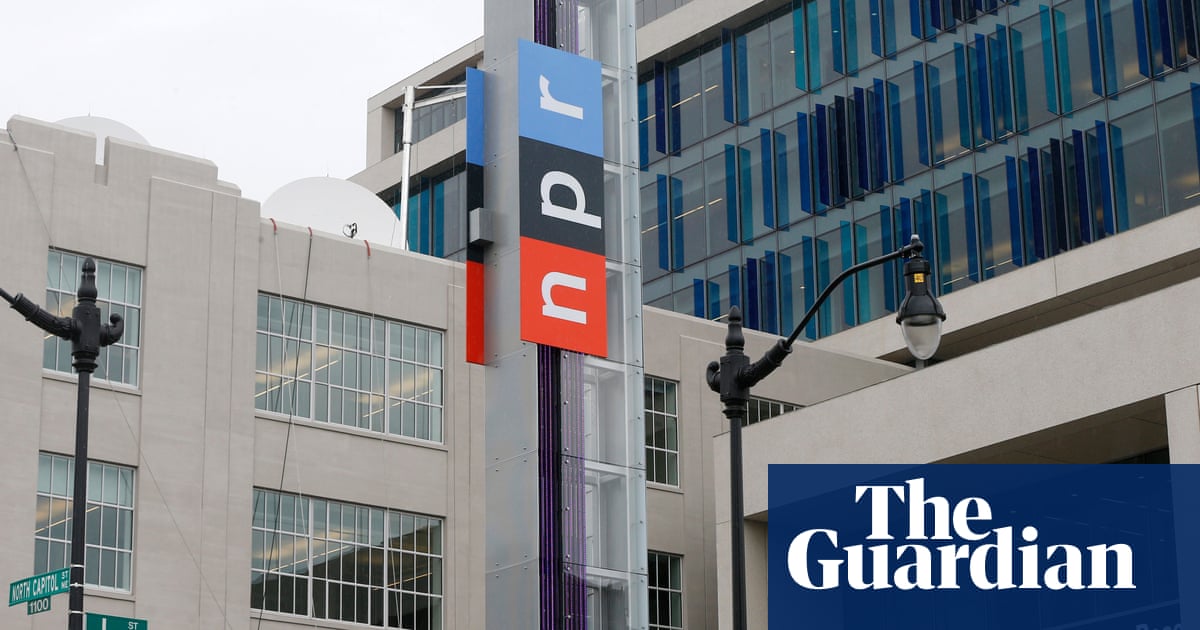
The UK is rapidly approaching peak Netflix with the streaming giant attracting the lowest number of new subscribers in 2021 since launching a decade ago, as it turns to a new generation of “silver streamers” for future growth.
With a seemingly endless pipeline of big-budget content, from House of Cards to The Crown and Squid Game, a binge-watching strategy and bargain basement pricing, Netflix has revolutionised traditional TV watching and won millions of British fans.
In 2021, however, it is estimated that it attracted just 800,000 new subscribers as it approaches saturation point in British homes.
“It is peak Netflix, in the sense we are never likely to see the scale of subscriber additions we have seen over the past few years,” says Richard Broughton, a director of Ampere Analysis, a market research firm. “Netflix will continue to grow, but at a much slower rate.”
Globally, Netflix has said it expects to report 18.4 million new subscribers for 2021, when it reports its full-year figures next month, taking its global base to 222 million. The rate of growth is half that seen in 2020 as rolling pandemic lockdowns led to almost 37 million new signups, the most the streaming giant has ever managed in a single year.
While the streaming landscape was once a duopoly, Netflix’s rapid early success prompted Amazon to match its international expansion by rolling out Prime Video. There is now significant competition from both global rivals and burgeoning domestic services.
The serendipitously timed launch of Disney+ at the start of the pandemic, populated by hit content such as the $100m (£74m) Star Wars TV spin-off The Mandalorian, resulted in the service adding more UK subscribers in a year in 2020 than any other streaming platform has ever managed.
And since 2018, Amazon’s Prime Video, which has built its content base beyond entertainment into live sport including Premier League football and international rugby, has outperformed Netflix in annual subscriber growth in the UK.
The pandemic has fuelled record-setting growth. However, this accelerated uptake has “pulled forward” many of those who would have signed up in the coming years, hastening Netflix’s shift towards saturation in mature markets such as the UK. In the US, new subscriber growth has stalled this year.
“Netflix has tapped out the early adopter base and is now trying to convert audiences more resistant to paying, to the concept of streaming services and who find Netflix’s content less appealing to their taste,” says Broughton.
Which leads us to ask who Netflix is now targeting, and will need to target, to continue to eke out growth in the UK market.
Netflix has already burned through most of the younger demographics most comfortable with new technology, and to whom the larger proportion of content is likely to appeal. About four-fifths of people aged 18 to 34 in the UK with internet connections are now estimated to be either subscribers or have access through their families or shared passwords, according to research from Ampere. This is almost identical in the US.
In the 35- to 44-year-old bracket about 70% have access, while there is more hope for new converts among those aged 45-54, with the demographic just 62% won over by Netflix’s charms.
The biggest opportunity is among older people: only half of those aged 55 to 64, and who are internet-connected, are subscribed or have access to Netflix.
“The one thing holding Netflix back from converting more households is those that are not converting don’t like all the content Netflix currently offers,” says Broughton. “These are older consumers, whose likes are more akin to traditional UK broadcast channels. They like things such as more local productions. Netflix is beginning to tap into that with more new productions targeting these consumers.”
While Ampere does not have information available about older demographics, the internet service provider TalkTalk says analysis of its network has shown that the pandemic has fuelled a rise of the “silver streamers”.
Internet usage has risen more among over-75s than in any other demographic since pre-pandemic summer 2019, up 72%, as stay-at-home health restrictions forced them to become “more comfortable with leading online lives”, according to TalkTalk. The next biggest rise in usage was in the 65- to 74-year-old demographic, up 66%.
“Silver streamers is now a big thing,” says Jonathan Kini, the managing director of TalkTalk Business. “Everyone is looking for more choice and when we look at research on the top 10 streamed shows among over-65s you see a number of Netflix programmes including The Crown, Bridgerton and Squid Game. Streaming shows on Netflix now accounts for a fifth of all peak traffic on our network.”
A knock-on effect of Netflix having hoovered up most of the easiest converts is the rising marketing costs of attracting these harder-to-win-over potential subscribers. In Netflix’s earlier years, when new subscribers came with little effort, a single subscriber cost about $40 to $50 in the US and probably a little lower in the UK. It is estimated to have now potentially tripled in mature markets reaching saturation.
When Netflix’s inexorably rising production and licensing budget – expected to hit $17bn globally this year to keep subscribers happy and compete effectively against burgeoning numbers of deep-pocketed rivals – is factored in, subscribers can expect more price rises.
In March, Netflix put up the price of its most-popular package by £1 a month to £9.99, not a huge increase given a decade ago at launch it was priced at £6.99, but as saturation comes closer to reality there will be more pressure to revisit prices more frequently.
Netflix’s growing pains from streaming upstart to fixture in the TV landscape will be mirrored by its rivals, with its position as the most popular streaming service in the UK set to remain intact even as growth slows.
Disney, which despite having popular franchises including Marvel, Pixar and Disney classics, is expected to saturate markets sooner because it has a narrower range of content overall. There are already signs of this trend in the UK where its record 3.5 million subscribers in its first year of operations in 2020, has slowed to just 1.2 million this year.
While Netflix’s closest competitor, Amazon, is still growing at a faster rate – it is expected to add 1.3 million regular video users this year compared with Netflix’s 800,000 – it is not forecast to become the market leader in the coming years.
“The situation Netflix finds itself is more an indication of historic success in achieving impressive scale rather than a particular fundamental issue facing the UK business,” says Broughton. “Netflix reaches about half of UK households. At its best Sky TV peaked at a little under 40% in 2011, although it faced an arguably harder task with a highly priced service – an enviously impressive position for any subscription business.”
Top 10 most streamed TV programmes by over-65s
1 Line of Duty
2 The Crown
3 Peaky Blinders
4 Bridgerton
5 Squid Game
6 The Queen’s Gambit
7 The Handmaid’s Tale
8 Tiger King
9 Below Deck
10 Normal People
Source: TalkTalk












